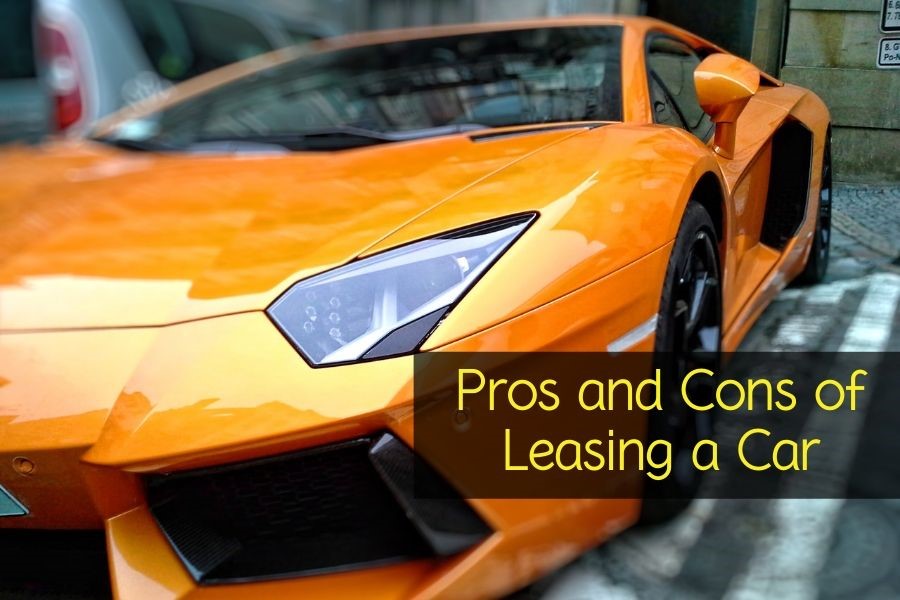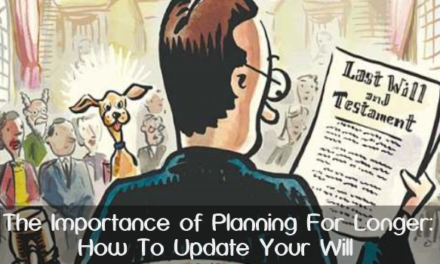Leasing a car has many tantalizing incentives. However, it can also be a more expensive way to get around. After all, you won’t own the car, so when the lease term is up you’ll need to get another one — or buy the one you just leased. On the other hand, you can also drive more car than you’d be able to otherwise afford, which is very tempting, if you like cars.
Either way, these are but two of the pros and cons of leasing a car.
Let’s look at some others.
Pros
Lower Monthly Payments
When you lease a car, you pay only for the value of the automobile your period of stewardship will consume. Let’s say you’re looking at a car that costs $30,000 and has been proven to be worth $15,000 after three years of depreciation. Under the terms of your 36-month lease, you’ll be responsible for paying for the $15,000 of depreciation the car experiences while you have it. So, instead of making monthly payments on a $30,000 loan, you’ll make payments based on $15,000 — even though you’re driving a $30,000 car.
Maintenance Becomes a Non-Issue
Many manufacturers include basic maintenance services in the prices of their cars for the first three years or 36,000 miles. If you set your lease to coincide with that period, you’ll drive free of maintenance costs – save perhaps tires. Further, the leased car will be under warranty the entire time, so the manufacturer is also on the hook for repairs if something fails.
Less Up-Front Cash
Leases typically require smaller down payments than traditional loans. In some cases, you’ll get a car with no down payment at all if you catch a special and your credit is really strong. You’ll also pay less in taxes, as sales tax is often only applied to your down payment and your monthly payments. When you buy a car, you’ll pay sales tax on the entire purchase amount.

Freedom from Obligation at the Lease End
As long as you’ve kept the vehicle in good condition and kept the mileage at or below your agreed-upon figure, you’ll bring it back at the end of the lease and walk away — owing nothing.
Cons
Credit Score Is a Bigger Factor
Your creditworthiness must be strong to lease a car. People with sub-prime scores will be turned down. If your credit has taken a few hits, you’ll be better off taking an auto loan from a company like RoadLoans and buying outright.
Lack of Equity
All the money you paid is gone forever at the end of the lease term. If you decide to buy the car outright, you’ll need to take a conventional used car auto loan, which might also require a down payment. This can be rather startling after you’ve given someone $15,000 of your hard-earned cash, only to end up with nothing.
More Insurance Costs
Leased cars must be insured at higher limits of liability, which makes your monthly premium higher. You’ll also need to buy Gap Insurance so the car’s full value will be covered if it’s totaled. Some lease contracts already have it built in. Read the terms carefully, lest you go out and buy duplicate coverage.
Mileage Caps
You’ll be limited to 10-, 12- or 15,000 miles per year with a lease. The lessor wants to make sure the value they expect will still be in the car at the end of the contract. You’ll be expected to pay somewhere around 15 cents per mile if you exceed the agreement. This can be a cause for anxiety if you need to take a long trip, or discover you’re driving a lot more than you expected after signing. You’ll also be held responsible if the car exhibits what the lessor deems to be excessive wear and tear.
Those are the basic pros and cons of leasing a car. There are distinct advantages to both approaches. The best way to decide between them is to consider your needs, your long-term financial goals and of course — your budget.





